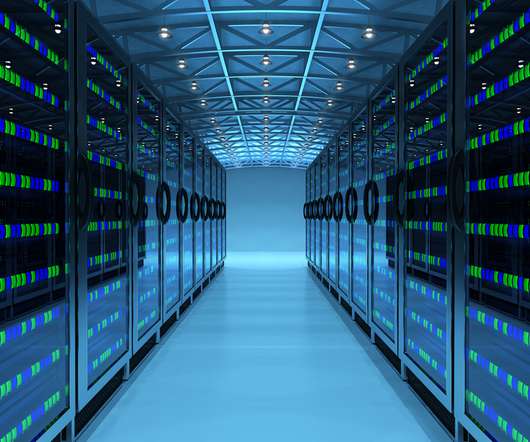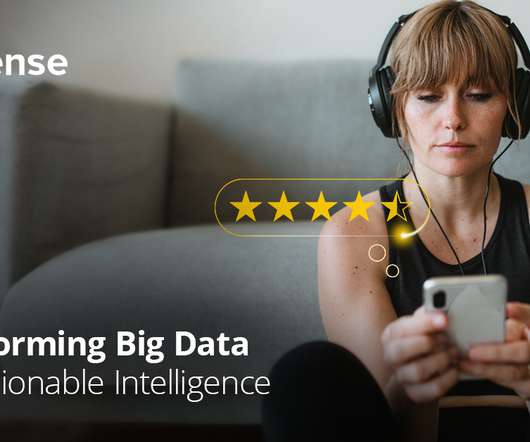Differentiating Between Data Lakes and Data Warehouses
Smart Data Collective
SEPTEMBER 23, 2020
We talked about enterprise data warehouses in the past, so let’s contrast them with data lakes. Both data warehouses and data lakes are used when storing big data. Many people are confused about these two, but the only similarity between them is the high-level principle of data storing.



















Let's personalize your content